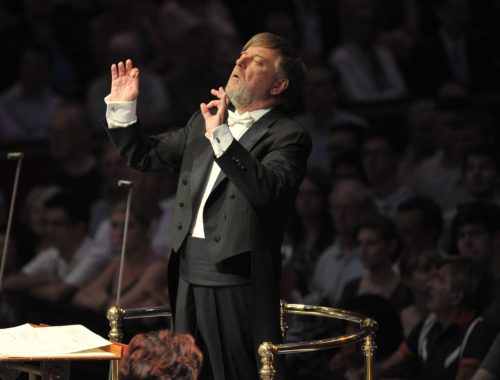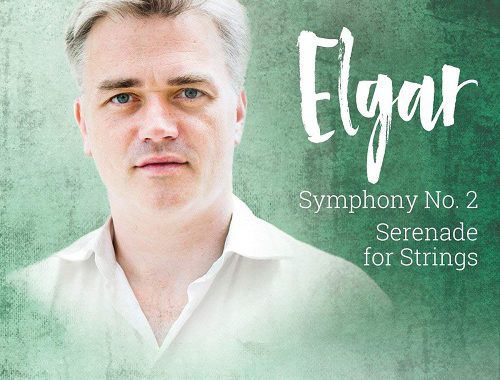LPO, Jurowski, Royal Festival Hall
Send in the clowns. Or at least that was Vladimir Jurowski’s musical thinking in bringing together the mighty foursome of Prokofiev, Stravinsky, Haydn, and Shostakovich and seeing just how far their capricious natures might take us. The allusions and parodies came thick and fast and just when you thought there was no more irony to tap, in came the most outrageous instance of misdirection in the history of 20th century music: Shostakovich’s 6th Symphony. And that is no joke.
Jurowski has fashioned some brilliant programmes in his time but I really cannot think of another where the ingenuity of the juxtapositions so satisfyingly chimed with the musical interactions. Each work was actually enhanced by its relationship to what had gone before and what was coming next. Music from Prokofiev’s absurdist operatic fable The Love for Three Oranges arrived first, its orchestral storyboard pithier, if you like, on account of Jurowski’s squeaky-clean articulation of it. Carlo Gozzi’s characters were “visualised” in cartoonish exclamations, each micro-dynamic so explicit and precise as to renew the startling originality of the scoring. I can’t think of a time when every note of this popular suite counted more. The “toy story” March was in itself a feat of musical animation. All of which augurs well for Jurowski’s Prokofiev series next year.
So the clowns – in the shape of Carlo Gozzi’s commedia dell’arte troupe – had arrived and so, too, had Emanuel Ax, a superannuated Harlequin, to tease and delight with one of Igor Stravinsky’s most scintillating confections – his Capriccio for piano and orchestra. The baroque concerto grosso meets 1920s salon music in this elegantly subversive opus and between them Ax and Jurowski had its perspectives shifting and twitching like a piece of musical cubism. There is a folksy allusion in the central slow section where Stravinsky manages to imitate the repeated-note twang of the cimbalom whilst simultaneously invoking the extravagance and beauty of baroque embellishments. Only he. But it takes a true craftsman of the keyboard to do that – and Ax is certainly that.
We almost didn’t want the interval as Stravinsky gave way to Papa Haydn – Piano Concerto in D – and good-humour was now all about harmonic sleight of hand. Ax beautifully blurred the boundaries here between a nimble classicism and dewy-eyed romanticism. And I’ll wager that Jurowski had even considered the satisfying symmetry of a three-movement concerto mirrored by a three-movement symphony.
He and the London Philharmonic really have Shostakovich’s 6th licked now. There was a moment in the protracted first movement Largo where the most strident of woodwind chords was cut off in its prime as if to suggest protesting voices forcibly stifled. There are enciphered protestations everywhere in this piece. It was perhaps the biggest deception Shostakovich ever sprung on the oppressive Soviet establishment. He effectively promised a grandiose Lenin tribute and delivered a three-ring circus.
The tragic tone of the opening leads us to expect heroism but what we get is outrage with a rictus smile. The contrast could hardly have been more extreme in Jurowski’s reading. He nails the desolation of the first movement (cue Shostakovich’s sorrowful instruments of choice, cor anglais, flutes, and piccolo) but makes it about so much more than just atmosphere. And then perceptions of slapstick are pushed beyond the Keatonesque to progressively faster extremes (brilliant work from the LPO) with the solo piccolo so startled as to almost pop off the chart of his upper register.
And wouldn’t you be at the prospect of the Red Army Band’s eleventh hour entrance? As I say, no joke.
You May Also Like

Prom 1, Elgar “The Kingdom. Royal Albert Hall
19/07/2014
COMPARING NOTES WITH OLIVER SAVILE
21/04/2021